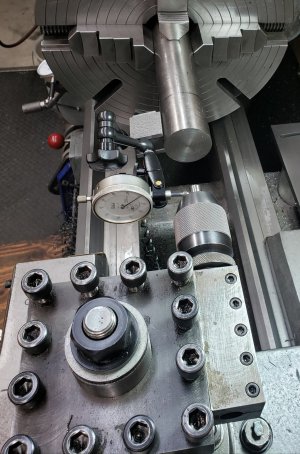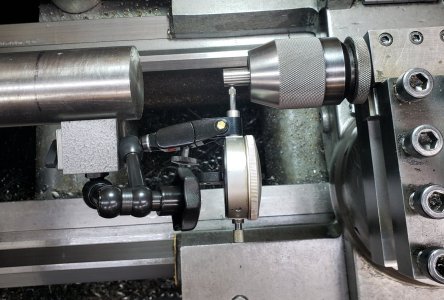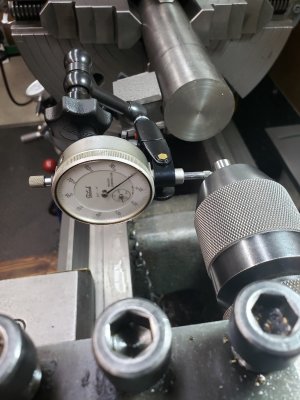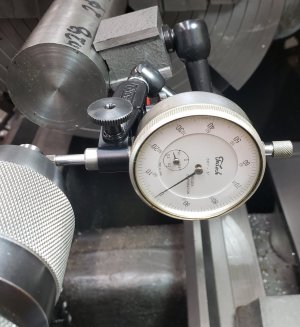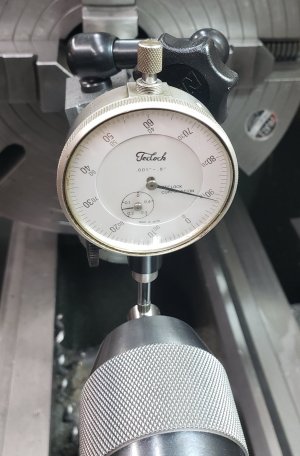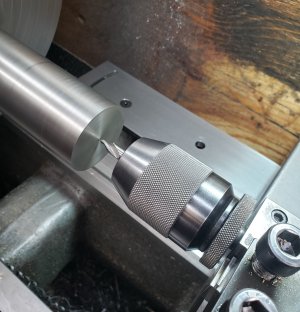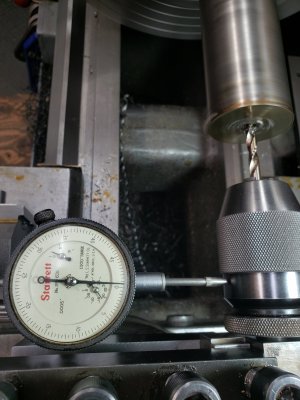Multifix, Aloris, and Dorian, all have anti-rotation pins, to allow for heavy cuts. Guys on YouTube with their compounds removed, make a locating part which butts up against the QCTP body to prevent rotation.It depends (imo) on the size of the drill. I've a few small lathes used for small holes with levers and agree, it is absolutely the way to. Easy to clear chips, more sensitive and faster. But they they lose their appeal as the drill size increases. I don't they'd be much fun over say 1/2"
For large drills, the DSG rig is (imo) the best. For punching a 1" through a length steel, the tailstock is obviously doable, but rapid retraction for chip removal, power feed and removing the chance a taper drill spinning in the tailstock quill would be nice The tool post gives some of these advantages, easier to retract, and power feed, but needs alignment and creates a moment around the tool post bolt. I've not used one so can't be certain, but wonder if that becomes an issue with large drills?
I've had a drill bit spin in my tail stock a couple times unfortunately. It was a 1 1/4" bit MT3-4. Since then, when drilling large holes, I'll put a dog drive around the drill bit with the tail resting on the compound.

